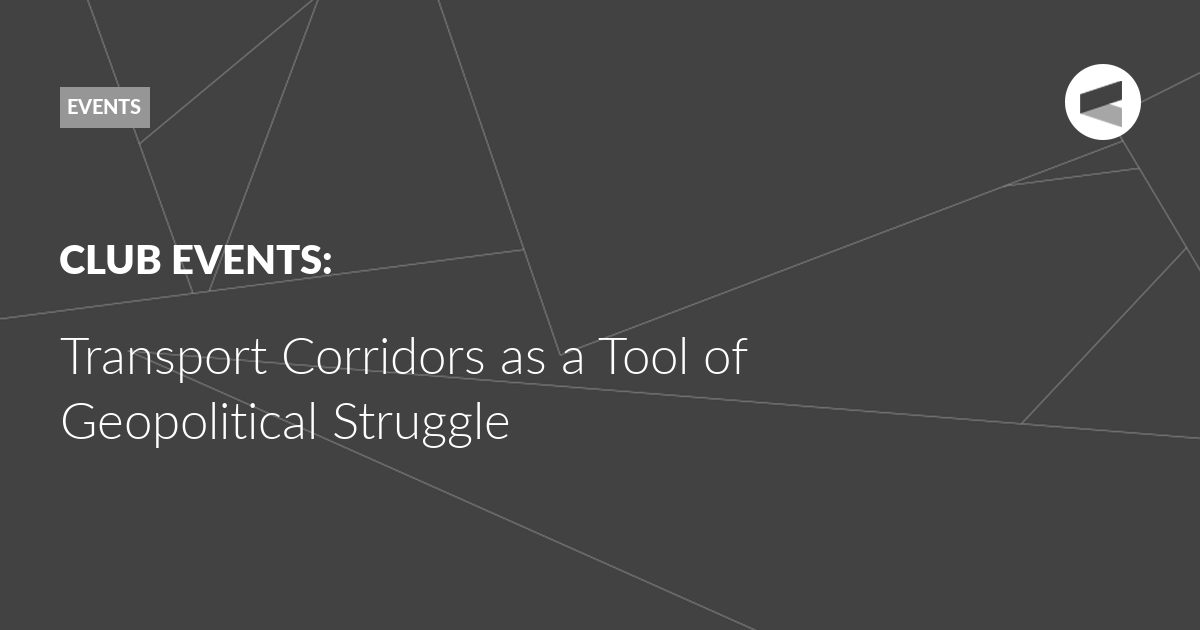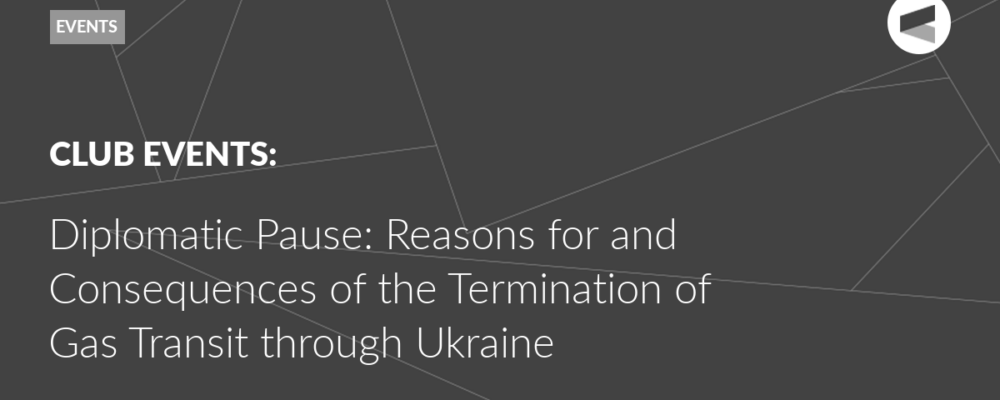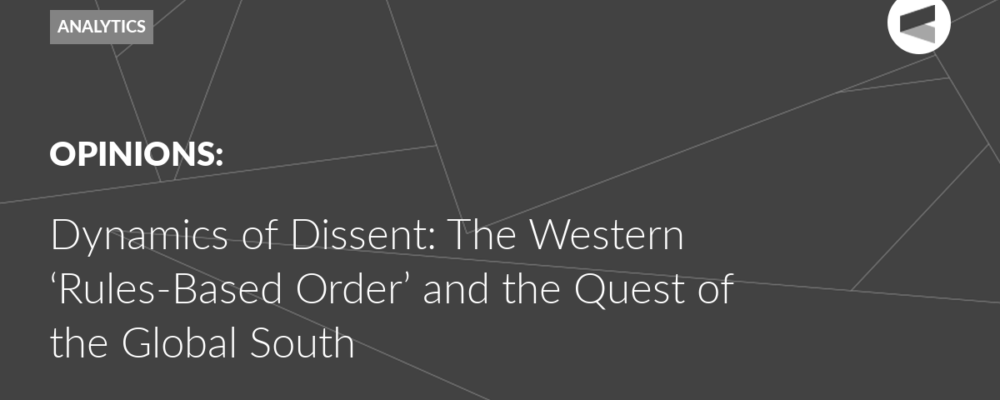On October 22, the Valdai Club hosted an expert discussion titled “Geopolitical Risks to Eurasian Transport Corridors”. Moderator Anton Bespalov cited the September events as the trigger for the discussion, when Poland, citing the Russian-Belarusian Zapad-2025 military exercises, closed its eastern border. This immediately impacted the entire supply chain across Eurasia, affecting shippers in China, companies in Central Asia, Russia, and Belarus, and residents of the border area. “It must be assumed that geopolitical and strategic considerations will continue to influence economic calculations,” he noted.
Dmitry Ofitserov-Belsky, Head of the Baltic Region Integrated Studies Group at IMEMO RAS, briefly outlined the circumstances surrounding the closure of the Polish-Belarusian border. According to him, at least 1,400 trucks and approximately 130 freight trains, each carrying more than 50 cars, were stalled. This transport collapse lasted 13 days. The total economic damage, including to the Polish economy itself, is difficult to calculate. Speaking about the context of the incident, the analyst noted that the trend in European countries regarding Belarus is changing. There is increasing talk of strengthening sanctions and bolstering the blockade, and many perceive the border closure in this context. Meanwhile, Poland is playing a complex game: hinting at reopening previously closed border crossings if Minsk meets certain conditions and is attempting political bargaining with China. More broadly, according to Ofitserov-Belsky, decisions such as the border closure are linked to European attempts to systematically isolate Russian transport, challenging the very logic of transport corridors.
“Eurasia is a vast continent, and transport corridors for trade and cultural exchange are important here. But today we see these corridors under serious geopolitical pressure, risks arising, and we see the destruction of geopolitical stability,” said Liu Hua, a research fellow at the Xinhua Institute. He identified four areas of work that, in his opinion, can help turn these risks into opportunities. First, it is necessary to overcome the risk of geopolitical fragmentation. The countries of Eurasia must focus on dialogue and cooperation, discuss problems and seek common solutions, including within the SCO and other organisations. Second, it is necessary to build infrastructure, facilitate customs procedures, develop logistics capabilities, and more actively use digital systems. These steps will not only reduce geopolitical risks but also help develop economic ties and create jobs, Liu Hua believes. Third, route diversification is important. There must be different options for transporting goods in different directions, and investment in such projects is worthwhile. Fourth, Eurasian connectivity is the path to prosperity for all countries. We must find opportunities for shared development. It’s unacceptable for some countries to develop while others are ignored. Joint development means shared opportunities and peace, the researcher concluded.
Aleksandar Mitic, a senior research fellow at the Belt and Road Studies Centre, believes that the situation on the Polish border was created to drive a wedge between Russia and China. Poland wanted to convince China of Russia’s culpability and force it to put pressure on Russia over the conflict in Ukraine. He also pointed to the strong interest in Europe in routes to China that bypass Russia. Any tool is used in a geopolitical struggle. According to Mitic, similar attempts to undermine relations with Russia are also affecting Serbia. This applies to both transport corridors and energy cooperation. Belgrade is under significant pressure during EU accession negotiations, but it is not giving in. Judging by public opinion polls, the Serbian public also disapproves the European efforts.
Vali Kaleji, an Iranian expert in Central Asian and Caucasian studies, sees transport corridors primarily as a question of political economy. Countries want to develop their transport links in all directions and strive to diversify their economies, but this is often hampered by various factors, not only geographical but also political ones. Currently, the West is trying to eliminate Iran and Russia from the global economy, with transport corridors as the primary target. As a result, geopolitical tensions are forcing countries to seek alternative trade routes, while pushing Russia and Iran to expand cooperation. Speaking about issues currently troubling Iran regarding Eurasian transport corridors, Kaleji focused specifically on the Zangezur Corridor and its associated challenges.
Rupal Mishra, a senior fellow at the Centre for Russian and Central Asian Studies at Jawaharlal Nehru University, also views transport corridors as an important part of geopolitics. The closure of the Polish-Belarusian border, in her view, is a clear indicator of the fragility of the global logistics system, which is fatally damaged by a lack of trust between countries. Characterising India’s policy in this context, the researcher noted that New Delhi’s course is aimed at risk management and increasing supply resilience, which explains the country’s interest in multimodal corridors. She also pointed to the growth of trade between Russia and India, supported by these corridors, as evidence of a changing geopolitical environment. Trade rebalancing, she argues, is both a geopolitical and economic necessity for India. “The Eurasian architecture is changing through cooperation, not confrontation,” Mishra said. “More pragmatism is needed to make Eurasia truly resilient and multipolar.”
The Valdai Discussion Club was established in 2004. It is named after Lake Valdai, which is located close to Veliky Novgorod, where the Club’s first meeting took place.
Please visit the firm link to site






